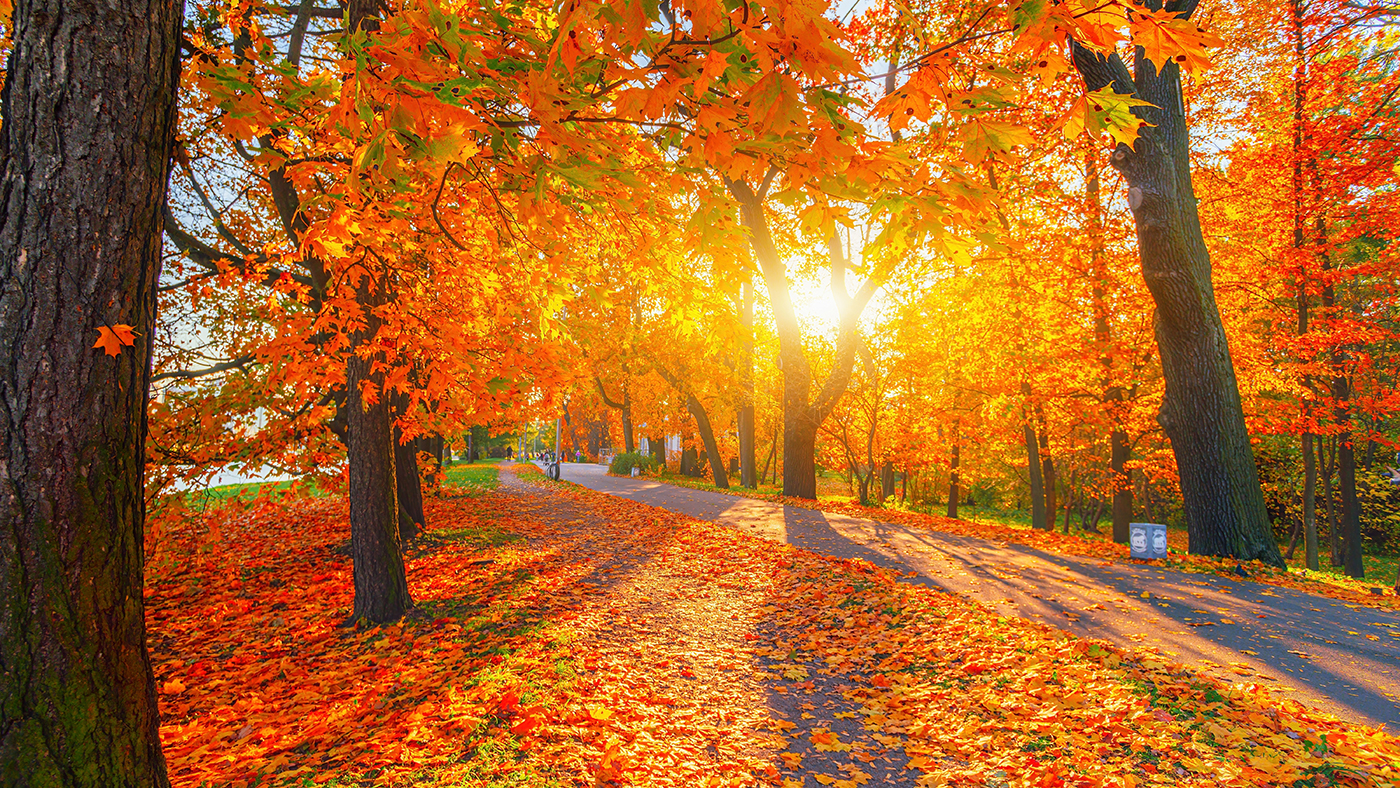Taking a drive, this fall to a forest park or scenic byway, near or far, to observe the beauty of trees transforming colors from green to all sorts of shades of red, yellow and orange. Cynthia Domenghini looks at this phenomenon not just from an artistic perspective.
“It’s actually quite interesting to study why leaves change color in the fall,” she said.
That approach comes from her background as a Kansas State University Extension horticulture expert.
“What you actually are seeing is that the leaves aren’t necessarily changing color. They’re revealing colors,” she said.
Or put another way, the colors have always been present within the leaves. Those fall color pigments, however, are overshadowed by nature’s process in the summer:
“The chlorophyll in the plant leaves that’s capturing the energy from the sun and making food for the plants — we’re seeing the green that’s being produced from all of that.”
Chlorophyll production is slowed down in the autumn months as sunlight decreases and days grow shorter.
“So, the leaves lose their green color, and the other pigments are now being revealed. They’re visible now,” she said.
For you plant pathologists out there — by career or just interest — you may know the fall color pigments in leaves contain several components.
“So, some of those pigments that you’re starting to see, or you may see, depending on what varieties of plants are around, will show orange and yellow pigment. Those pigments are created by xanthophylls and carotenes. Tannins in the plant are producing the brown colors that you see. Anthocyanins will create reds and purple pigments. And the timing and intensity of the fall color varies depending on tree type but also the environmental conditions,” she said.
That is why the fall color leaf display on any given tree can vary from year to year, from brilliant colors in the canopy to leaves already on the ground.
“That can be the result of temperature changes, rainfall, sunlight, the soil moisture — all of those things — and even just wind blowing the leaves off the trees,” Domenghini said.
Domenghini adds other ways to appreciate the transition to fall colors, whether in a national forest or in your own backyard tree.
“It’s actually a really interesting thing to track if you’re into journaling and keeping records of what colors — maybe even taking photos of what your trees look like from one year to the next — and comparing those could be kind of interesting,” she said.


